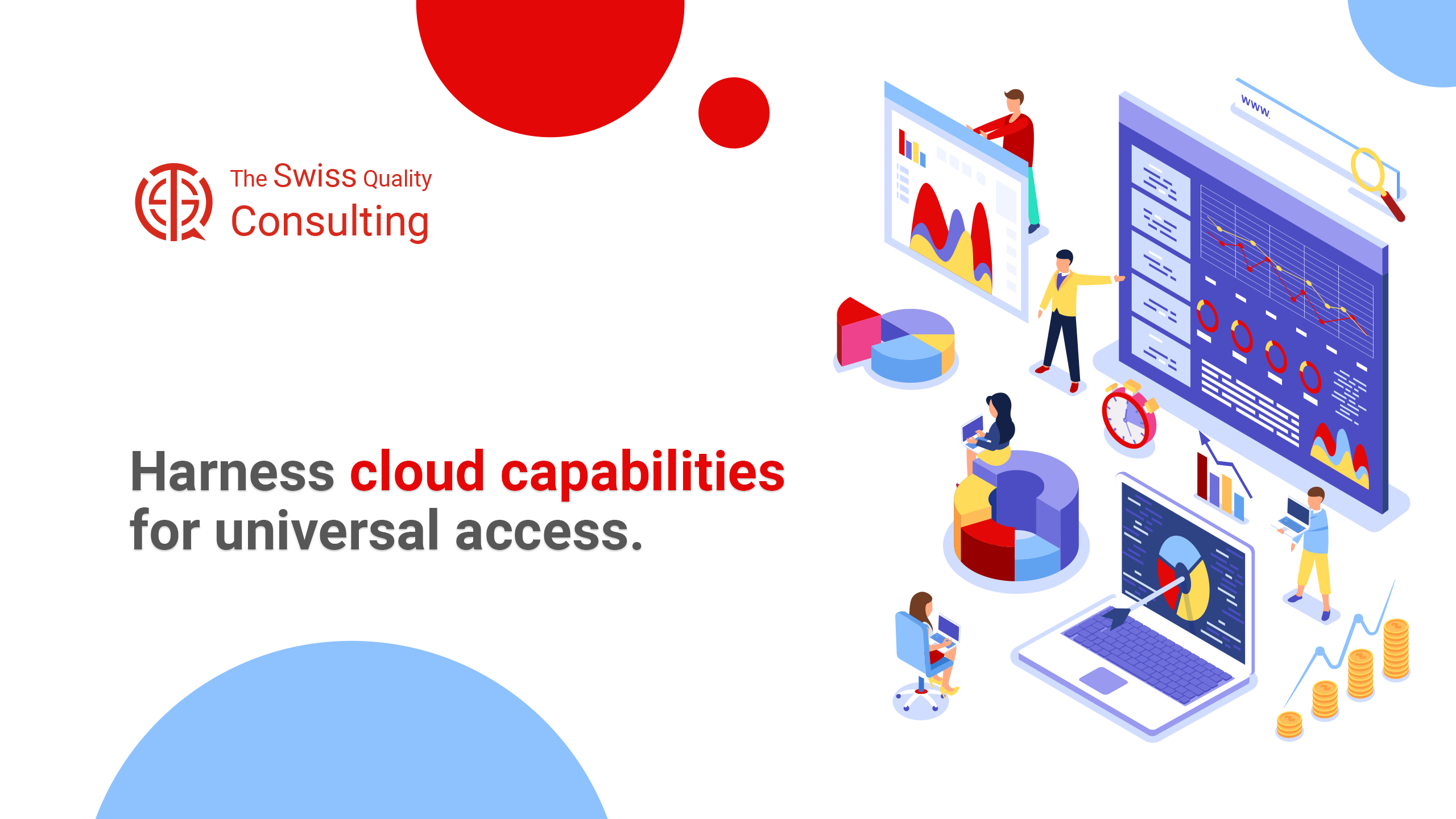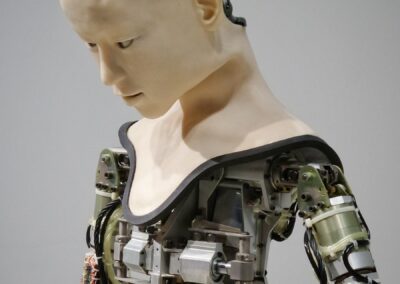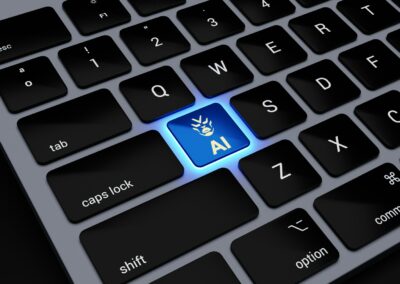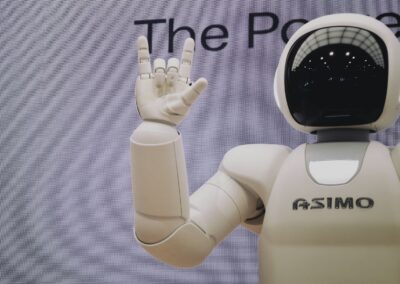Maximizing Efficiency and Accuracy in Machine Learning
The Benefits of Using Transfer Learning in Business Applications
Using transfer learning has emerged as a transformative approach in the field of artificial intelligence, enabling businesses to leverage pre-trained models for new tasks with remarkable efficiency. This method is particularly beneficial in regions like Saudi Arabia and the UAE, where organizations are increasingly adopting AI-driven strategies to enhance their operations. Transfer learning allows companies to utilize existing models trained on large datasets, reducing the time and computational resources required to develop new models from scratch. This approach not only accelerates the deployment of AI solutions but also improves the accuracy and robustness of the models applied to specific business challenges.
In the context of AI, transfer learning involves taking a model that has been pre-trained on a large dataset and adapting it to a new, often related, task. For instance, a model pre-trained on millions of images can be fine-tuned to identify specific products in a retail inventory. This is particularly valuable for businesses in Riyadh and Dubai, where the rapid pace of technological innovation demands quick adaptation to new market conditions. By using transfer learning, companies can quickly develop AI models that are highly accurate and tailored to their specific needs, without the need for extensive data collection and model training.
Moreover, transfer learning is especially effective in domains where data scarcity is an issue. In sectors like healthcare, where labeled data is often limited, using transfer learning enables the adaptation of pre-trained models to new medical imaging tasks, such as detecting anomalies in radiographs or predicting disease outcomes. In Saudi Arabia’s burgeoning healthcare industry, where AI is playing a critical role in enhancing patient care, transfer learning offers a practical solution to overcoming the challenges associated with limited datasets. By leveraging pre-trained models, healthcare providers can achieve high levels of accuracy in their predictive models, ultimately leading to better patient outcomes.
Best Practices for Fine-Tuning Pre-Trained Models Across Different Domains
While using transfer learning offers significant advantages, fine-tuning pre-trained models to suit specific tasks and domains requires careful consideration of several best practices. The success of transfer learning hinges on the ability to adapt the pre-trained model’s knowledge to the nuances of the new task, ensuring that it performs optimally in the target domain.
One of the most important aspects of fine-tuning is selecting the right pre-trained model. The choice of model should align closely with the characteristics of the new task. For example, in the retail sector in Dubai, where visual recognition is key to managing inventory, a model pre-trained on a large-scale image classification dataset like ImageNet would be highly suitable. This model can then be fine-tuned to recognize specific product categories within the retailer’s inventory, improving the efficiency and accuracy of stock management. Selecting a model that has been trained on a similar domain ensures that the learned features are relevant and transferable, making fine-tuning more effective.
Another critical factor in fine-tuning is adjusting the learning rate. During the fine-tuning process, it is essential to start with a lower learning rate to avoid making drastic changes to the pre-trained model’s weights. This gradual approach allows the model to adapt slowly to the new task, preserving the valuable knowledge it has already acquired. In Saudi Arabia’s financial services industry, where AI models are used for tasks such as fraud detection, fine-tuning with a cautious learning rate ensures that the model remains robust and reliable, minimizing the risk of overfitting to the new data.
Additionally, freezing layers in the pre-trained model is a common technique used in fine-tuning. By freezing the lower layers of the model, which contain general features learned from the original dataset, and only training the upper layers on the new task, businesses can retain the foundational knowledge while adapting the model to the specific nuances of the new domain. This approach is particularly useful in the UAE’s tech industry, where companies are constantly developing AI applications across diverse fields such as natural language processing, autonomous systems, and customer service automation. Freezing layers helps maintain the balance between generalization and specialization, leading to more effective and efficient AI solutions.
#TransferLearning #MachineLearning #AI #PreTrainedModels #AIinBusiness #SaudiArabia #UAE #BusinessAnalytics #AdvancedAnalytics #AIinBusiness #DataScience































